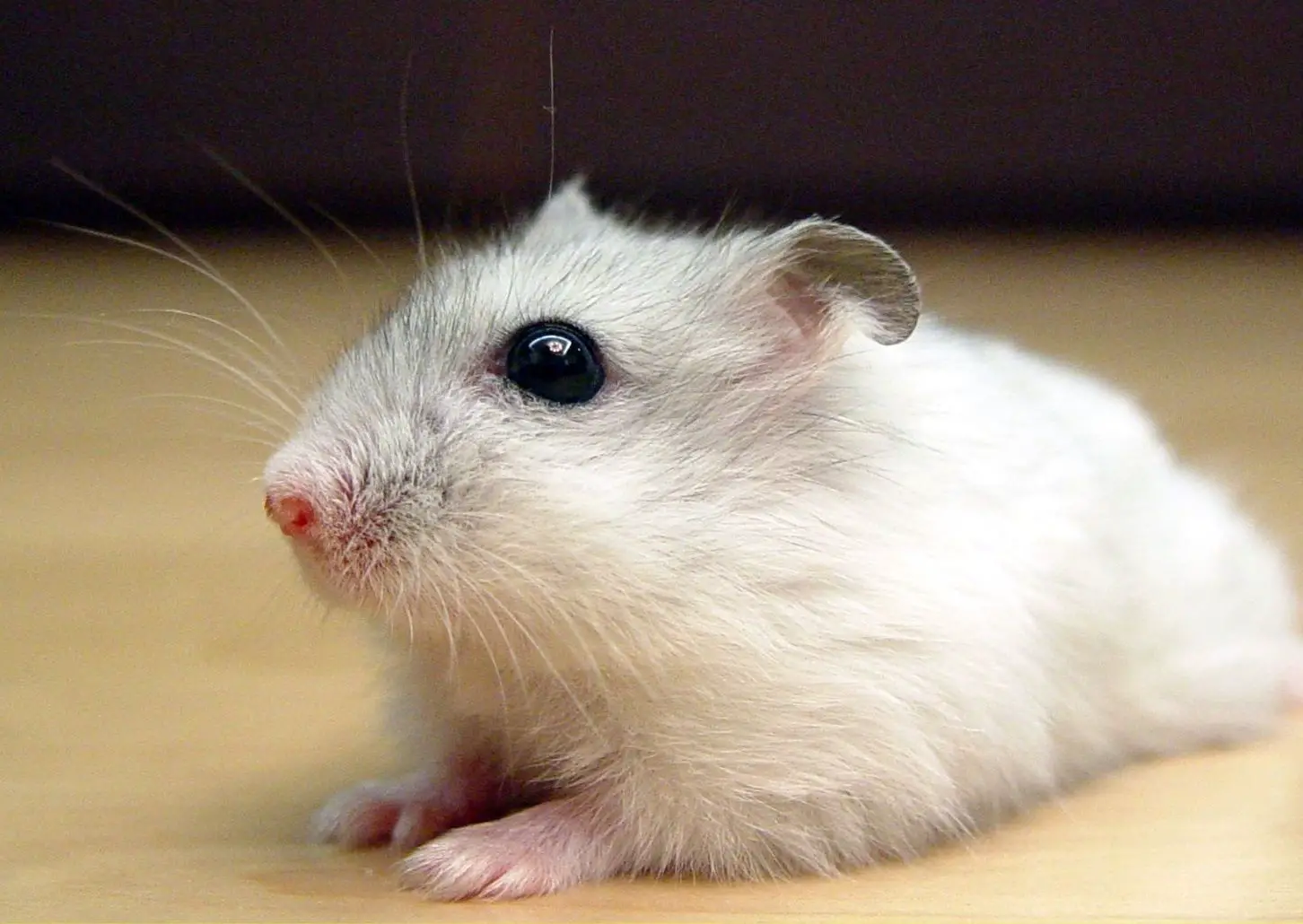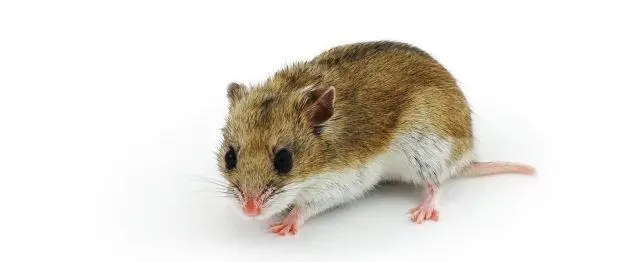The Syrian hamster is one of the most adorable small pets that many American families love. These hamsters are also popularly known as Golden Hamsters or Teddy Bear Hamsters (the long-haired variety) and are likely the most popular hamster varieties kept as pets.
The Syrian Hamster – A Detailed Overview
Due to their docile nature, it is very easy to handle these wonderful pets. Even kids can easily handle these pets without any hassle. However, these animals are not as social as dogs or cats. After they reach the age of 4 to 5 weeks, they should be kept alone in separate cages. If you are raising more than one hamster, then buy separate cages for them. Syrians are solitary and may kill or seriously injure one another if they are kept together.
hese animals are nocturnal in nature. Hence, it is very rare to see them active during the day. The Syrian hammy is one of the largest hamsters with an average length of 4″ – 7″ at their fully grown age. However, the size may vary depending on the sex of the animal. In this case, females usually grow larger than the males. These hamster varieties have a very short tail, small eyes, and large cheek pouches. Based on studies, the average life span of a Syrian can vary anywhere from 2 to 2-1/2 years. However, some pet owners claim that their hamsters have lived as long as 4 years and the current world record is for 4.5 years.
Coats
Usually, these animals possess short furry coat. These hamsters are bred in four different coat types, including long-haired, short-haired, satin and rex. The male varieties of the longhaired Syrians develop a lovely coat with relatively long hair than shorthaired hamsters. The coat often grows up to 4 inches. However, some Syrians also have longer coats than this. While male Syrians with longhaired coat develop a skirt at the back, female Syrians look fluffy with thick coats. The Satin Syrians boast a shiny coat with hair shafts and colored hair. Breeders often avoid breeding two satin Syrians together as it may result in bald hamsters with sparse coats. Unlike these hamsters, the Rex hamsters look unique with its coat appear to be crimped.
Coloring and Fur Patterns
Some Syrian colors include: Golden, Rust, Cinnamon, dark and light gray, silver gray, dove, yellow, and black, champagne, chocolate, and cream, sable, mink, and yellow black.
Additionally, they also feature a number of fur patterns. Here is a list:
- Solid: The most common type Syrians with golden and smooth furs with solid fur pattern.
- Banded: Black fur coat with a white band in the middle of the body.
- Dominant Spot: White body with colored spots all over.
- Tortoiseshell: Yellowish spots all over the body.
- Roan: White fur mixed with various colors with head being darker with brownish fur.
Here’s a video of a long-haired hamster (a.k.a “Teddy Bear hamster”)
Syrian hamsters vs dwarf hamsters
Here’s a table of comparison of some basic stats between Syrians and dwarf hamsters
Housing:
After reaching 4 to 5 weeks of age, Syrians should be kept alone in separate cages. These are solitary animals after all. Although you may see some breeders keeping more than one hamster in a single cage, you should always keep them in separate cages for their safety. Once these hamsters reach the 4 weeks of age, they start squabbling, which may result in nasty fights. Pet owners should consider buying big cages for these animals. As these hamsters are quite active, they need enough space to move around. A number of branded pet product manufacturers offer special cages for Syrians. Even the cages meant for big rats are suitable for these hamsters. Glass tanks with mesh lids are also perfect for these furry animals and DIY plastic bin cages are also popular amongst experienced owners.
Pet owners should also consider creating a nest to allow these animals to sleep in comfortably. Aspen, hay, and paper-based beddings are perfect for this purpose. However, hay can carry mites. Creating a nest with paper tissues is also suitable for these hamsters. Cotton wool nesting material is not suitable for these animals, because it can cause impactions in the hamster’s cheek pouches. Sometimes, hamsters face choking and blockage as they swallow these cotton wools.
A large hideout made from plastic, ceramic, or wood can also be provided.
| Species | Syrians | Dwarves |
| Size | 4 – 7 inches | 2 – 4 inches |
| Average weight | 5 – 7 oz | 1 to 2.5 oz |
| Lifespan | 2 – 4 years | 2 – 4 years |
Having kept both types of hamsters, I’ve also noticed the following:
- Syrians seem to be easier/faster to tame (1 to 2 days vs. up to 1 week for dwarf hamsters)
- Syrians are much better escape-artists than dwarves
- Syrians also tend to do more damage when they chew on stuff, but this is probably because they have much larger teeth ^^;
- Syrians don’t really like mealworm and other insects when dwarves go crazy for these
Toys and petting
Breeders often advise pet owners to give lots of attention to their Syrian hammy. These cute animals become very close to their owners. To avoid your hamster being unhappy, you can give him a number of toys. Wheels, wooden log rolls, cardboard boxes, and tubes, and cereal boxes are some of the best toys. Owners can also check at their local pet shops to find a good selection of accessories for their little pets. Syrians are social and docile, especially with their owners. When they are well-handled and happy, they react well to frequent handling. It is very rare to see a Syrian biting, without reason. They are also not prone to urinating, or defecating much outside their cage. You can also allow your children to handle these cute pets on their own once they have been taught how to properly interact with their small furry pal.
Feeding
Raising these pets is also easy when it comes to the type of care they need and considering their food and bedding costs. These animals eat less and are easily satisfied with their diet. Their omnivorous diet includes vegetables and meats. Most of their diets include seeds, grasses, and some insects. You can check for good-quality hamster food mix for your pet. Owners can also consider adding a small portion of well cooked chicken or hard boiled egg white in their diet occasionally. Avoid giving acidic food to your Syrians. Some of the best food varieties for these animals include broccoli, kale, cucumber, and carrot, cauliflower, dandelion leaves and apple. If your hamster is pregnant or nursing, you can offer some milky porridge, chopped hard boiled eggs and scrambled egg. A list of suitable fresh food can be found here (while the list was created originally for dwarf hamsters, it can also be used for Syrians). Occasionally, you can offer your hamster a dog biscuit.
Health
Syrian hamsters are less prone to diseases and infections. However, there are certain conditions that pet owners should watch out for. If your hamster has Wet Tail condition, consult a vet. Usually, keeping your hamster clean and quarantined is advised during this condition.





